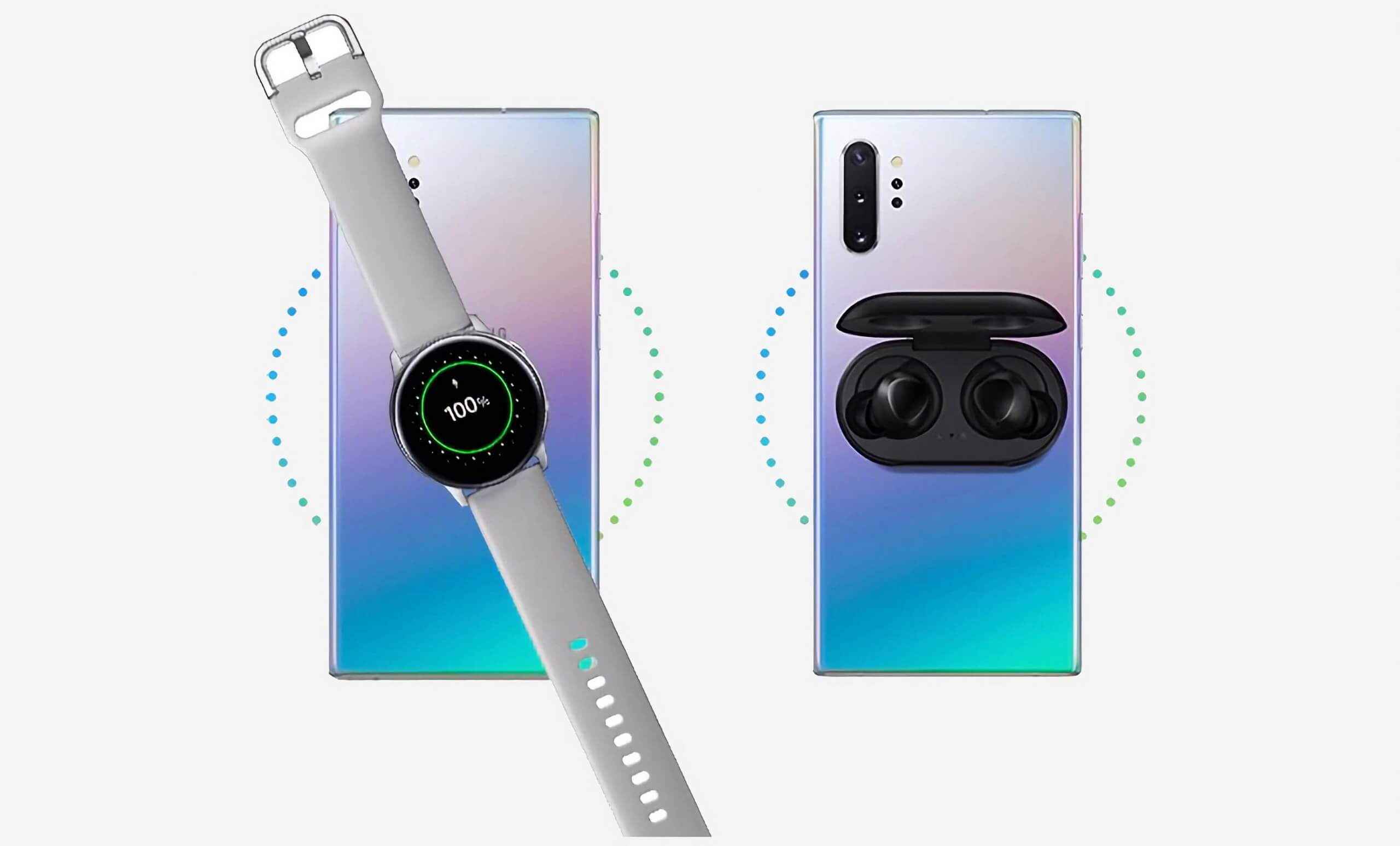What just happened? We may soon see more smartphones capable of supplying power to other devices like smartwatches and wireless earbuds. The NFC Forum has announced a new Wireless Charging Specification (WLC), which will allow gadgets with a near-field communications antenna to charge and communicate with compatible low-power devices. The specification would operate at only one watt, but that should be sufficient to charge a set of earbuds.

Smartphones are already implementing bilateral charging. Samsung's Galaxy S10 uses a technology it calls "Wireless PowerShare" that is based on the Qi standard to power other Qi-compatible devices. The iPhone 11 was supposed to have a similar capability, but Apple pulled the plug on it at the last minute.
The problem with bilateral Qi charging in smartphones is that it requires additional internal components adding to both the bulk and expense of the phone. Since most modern phones come with NFC already built-in, WLC could make such features easier to implement and more affordable.
NFC Forum Approves Global Wireless Charging Specification - NFC Forum https://t.co/diTQ8bXrJH
— James (@42dotzip) May 6, 2020
Unfortunately, with such a low wattage, charging larger devices, like other phones, becomes impractical. So don't expect it to replace Qi charging anytime soon. More likely, we'll see this as just another option for charging your accessories when you don't have a regular charger around.
The NFC Forum sees other benefits as well.
"NFC wireless charging is truly transformative because it changes the way we design and interact with small, battery-powered devices as the elimination of plugs and cords enables the creation of smaller, hermetically-sealed devices," NFC Forum chairman Koichi Tagawa said in the organization's press release.
The specification would work with any device having NFC, including PCs, laptops, tablets, and even some game controllers. It may also open the door to cross-manufacturer charging.
Don't expect anything to happen immediately. The WFC Forum only approved the specification on Tuesday. It may take a few years before manufacturers' R&D departments find the best ways to implement it.
https://www.techspot.com/news/85126-new-nfc-specification-allows-wireless-charging-low-power.html